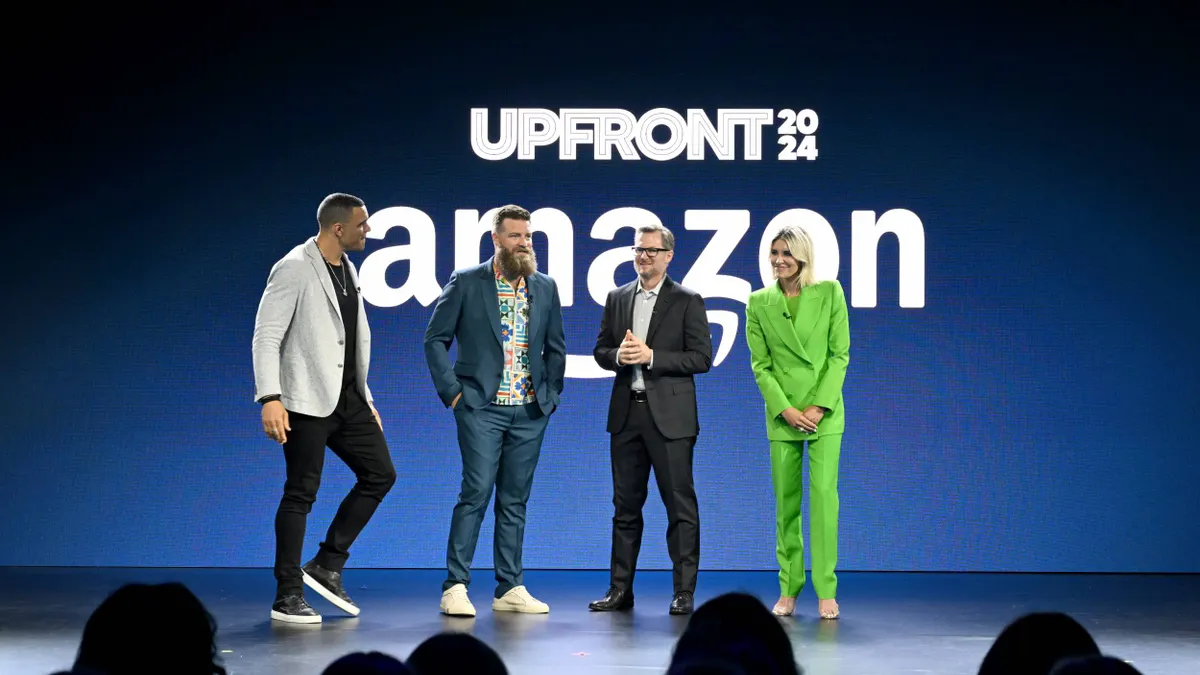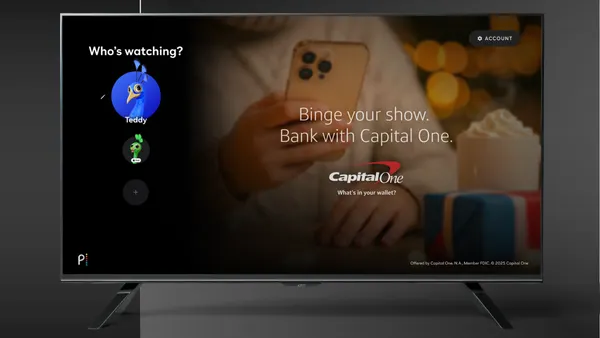Dive Brief:
- Programmatic advertising is moving toward greater efficiency, transparency and effectiveness, even as it becomes larger and involves more media channels, according to the Association of National Advertisers’ 2024 Programmatic Transparency Benchmark Study.
- According to the study, for every $1,000 entering a DSP, 43.9% reaches consumers, up 7.9% over the ANA’s 2023 measurements. The improvement equates to an additional $79 per every $1,000, compared with the previous figures.
- Additionally, marketers reduced their spending on low-value, Made-for-Advertising (MFA) publishers from 15% in 2023 to 6.2% in 2024. The industry is also seeing a reduction in the number of domains and apps, indicating a trend toward better and more secure ad placements.
Dive Insight:
The ANA’s latest benchmark study analyzed 38.5 billion impressions from 21 advertisers, comprising more than $235 million in ad spending. By comparison, the 2023 benchmark study measured roughly the same number of impressions (35.5 billion) from the same number of advertisers, but the ad spending only totaled $123 million.
One of the biggest differences in the 2024 study is that it included connected TV (CTV) in the mix. While mobile and tablet devices are the dominant platforms for programmatic spending, accounting for 44% of total ad spending, CTV is quickly growing, representing 28% of ad spending.
“The growing prominence of CTV in programmatic advertising is underscored by the fact that 80 percent of marketers in the study now utilize this platform, indicating a strong industry shift toward CTV as a key medium for reaching audiences,” according to the report.
Another big shift from the 2023 study involved the move of spending away from the open marketplace to private marketplace deals. In 2023, the ANA found 59% of programmatic ad spending was allocated to the open marketplace and 41% to the private marketplace. In 2024’s study, the shares are reversed: 41% of spending is in the open marketplace and 59% is in the private marketplace.
The shift away from open marketplaces indicates marketers are seeking and receiving closer relationships with publishers and higher levels of content curation and enhanced transparency and control over ad placements and configurations. When incorporating CTV, the trend is even more pronounced. Only 34% of programmatic ad spending is in the open marketplace and 66% is in private marketplace deals.
As a result of the shifts toward more CTV spending and more private marketplace spending, the industry is seeing some positive movement toward suppliers providing log-level data (LLD), much of which now contains CTV data points. While the ANA touted the progress, it noted some “limitations persist.” The report included a recommendation that advertisers request LLD access from suppliers so they can “uncover more optimization opportunities and make real-time, informed decisions.”
“As more advertisers gain access to LLD and The Benchmark matures, we envision a future where programmatic media, including walled gardens and retail media, operates as a fair, accountable, and efficient global marketplace, supported by this unified measurement framework,” according to the report.













